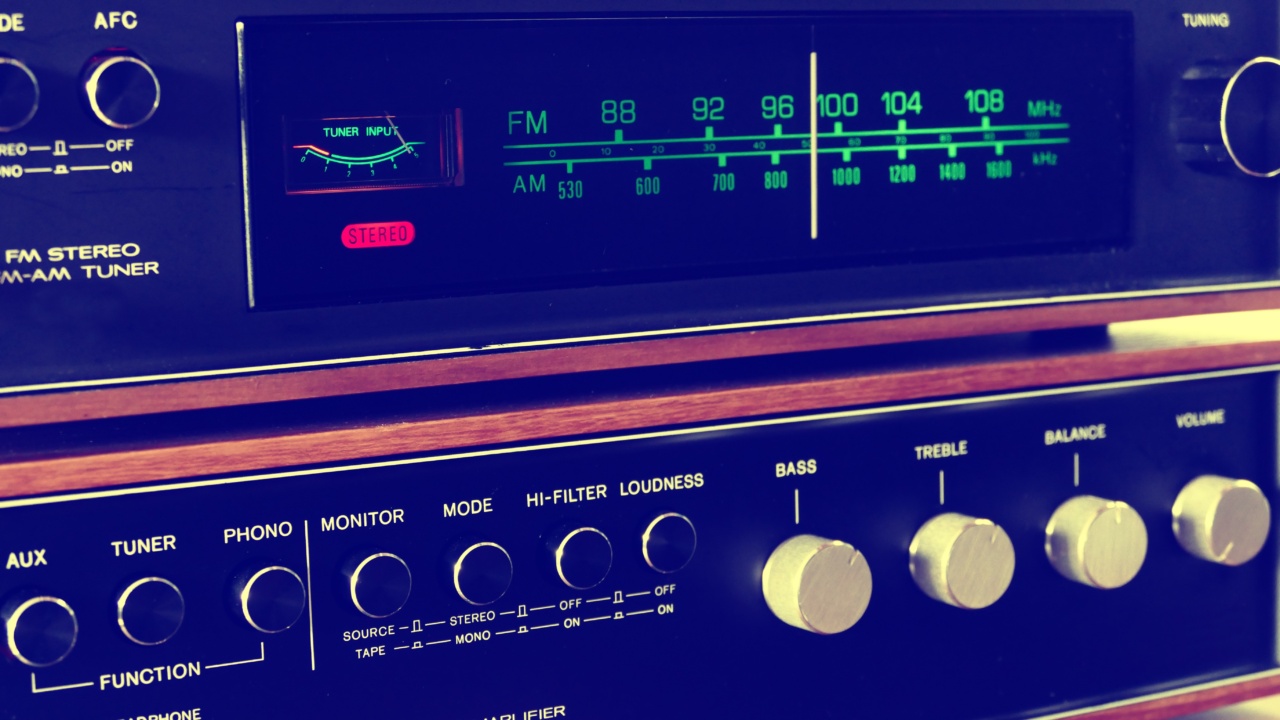Chronic pain can significantly decrease the quality of life of a patient. The condition can cause a variety of symptoms, including fatigue, sleep deprivation, depression, anxiety, and stress.
Common causes of chronic pain include arthritis, fibromyalgia, neuropathy, and back pain. Treatment for chronic pain often begins with lifestyle changes, pain medications, and physical therapy. However, when these treatments fail to ease the pain, radiofrequency neurolysis may be a viable treatment option.
What is Radio Frequency Neurolysis?
Radiofrequency neurolysis is a minimally invasive procedure that uses electric impulses to disable a nerve that is causing pain. The procedure targets nerves that carry pain signals to the brain.
The procedure involves using a small needle to penetrate the skin near the nerve that is causing discomfort. Then, an electrode is inserted through the needle, and radiofrequency waves are sent through the nerve, heating it up to the point that it can no longer transmit pain signals.
The procedure is performed while the patient is under local anesthesia, or sedation based on a case-by-case basis decided by the doctor as per the patient’s fitness.
How Effective is Radio Frequency Neurolysis?
The effectiveness of radiofrequency neurolysis can vary depending on the underlying cause of the chronic pain. In general, radiofrequency neurolysis can provide pain relief for six months to over a year.
Patients can opt for the procedure every 6-12 months depending on how long the pain relief lasts. Studies have shown that radiofrequency neurolysis is effective in reducing pain levels in patients with spinal, neck, and joint pain, although it may not be a suitable option for everyone.
Advantages of Radio Frequency Neurolysis
Radiofrequency neurolysis has several advantages over traditional treatment methods for chronic pain. First, the procedure is minimally invasive, which means there is less damage to the surrounding tissue compared to surgery.
Additionally, the procedure can be performed on an outpatient basis, meaning that patients do not have to stay in the hospital, are not under general anesthesia, and can go home the same day. Lastly, radiofrequency neurolysis is less expensive than surgery and often provides faster recovery time.
Conclusion
A healthcare practitioner may perform radiofrequency neurolysis if a chronic pain condition is not responding to traditional pain management methods. It is a safe and effective procedure that can provide long-term pain relief.
Patients who are suffering from chronic pain can improve their quality of life by working with their healthcare provider to determine if radiofrequency neurolysis is the right treatment option for them.






























